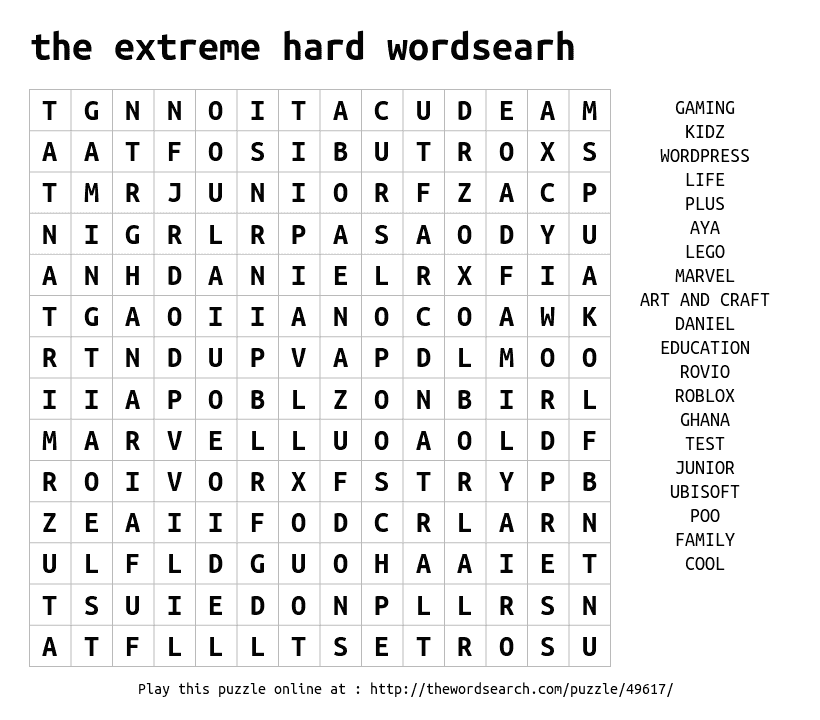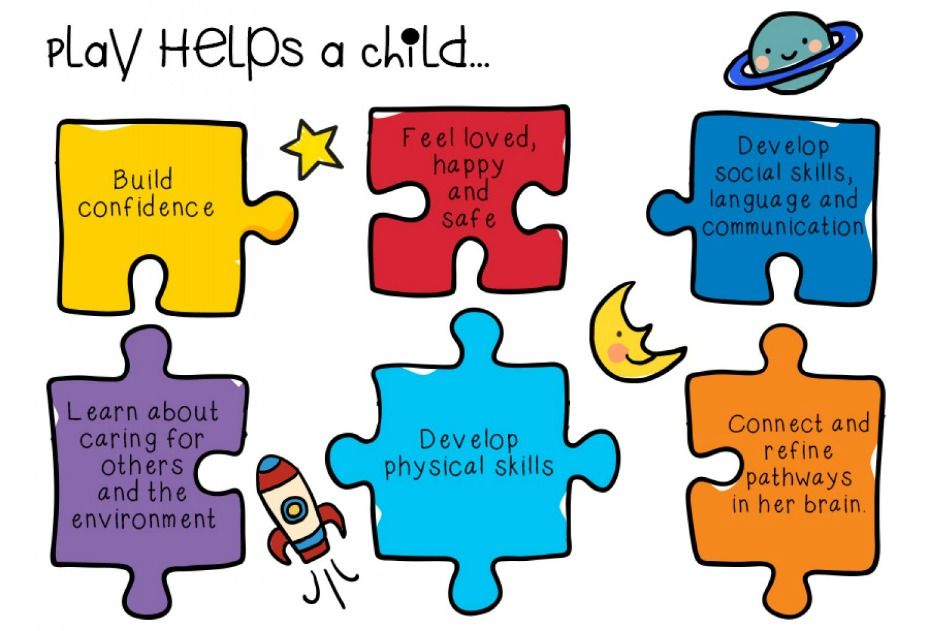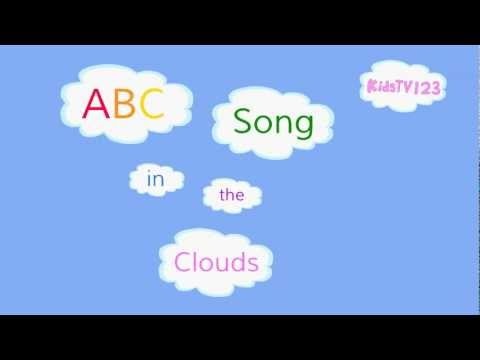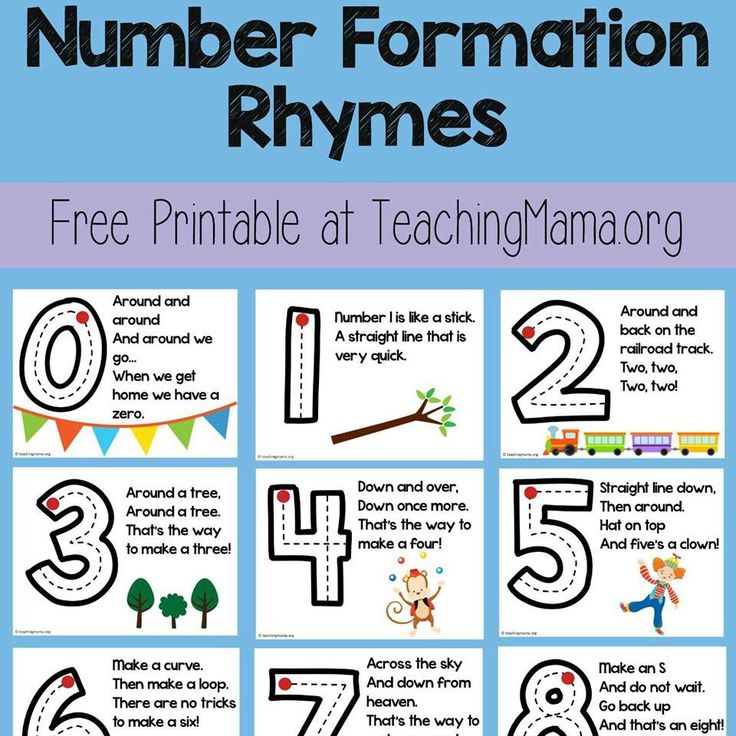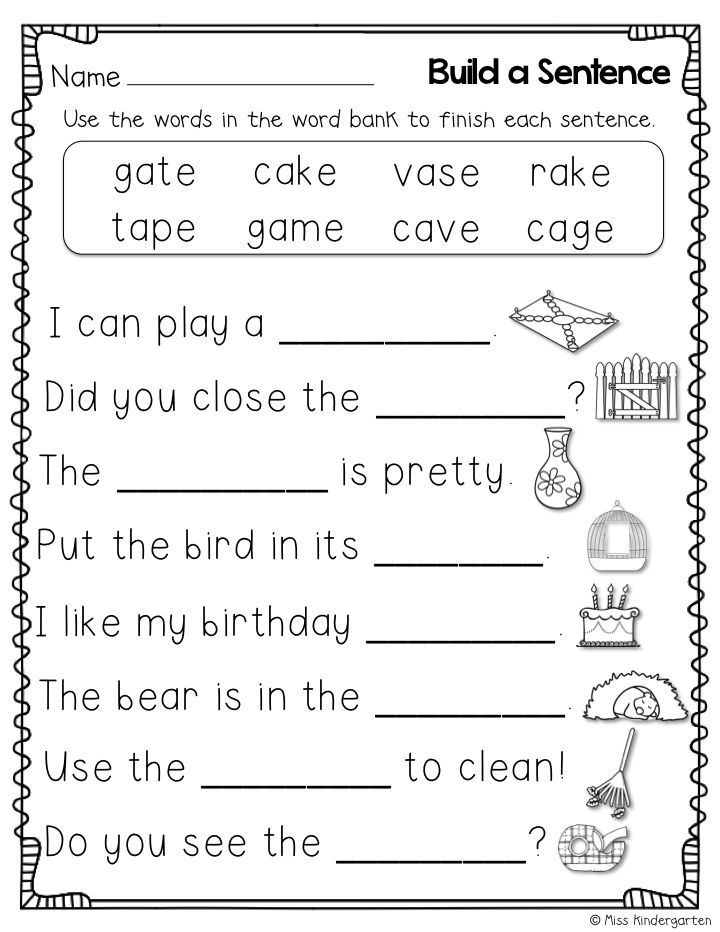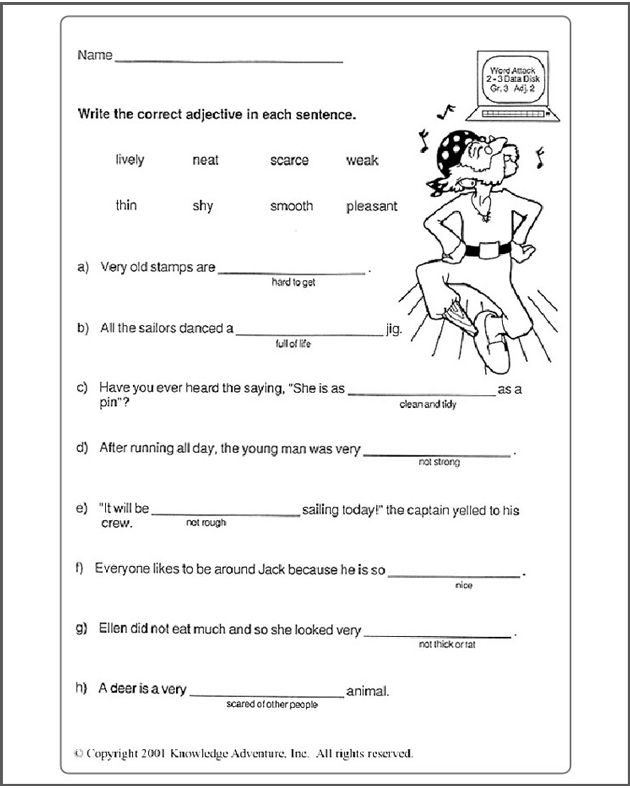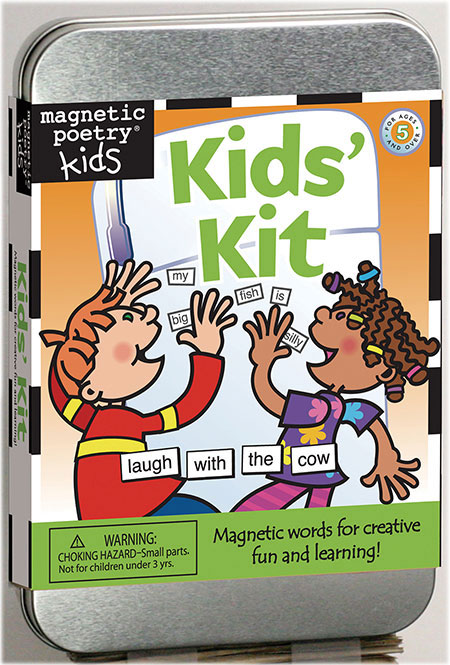Vowels sounds for kindergarten
Should I Teach Long Vowels in Kindergarten?
Every year I’ve taught Kindergarten, I’ve been able to teach long vowels in some capacity. Some years, I may just be teaching what a long vowel sound is and going over CVCe words. Other years, my Kindergarten students are able to identify long vowel patterns, read words, and even spell long vowel words! Long vowels are the hardest phonics skill that you may come across while teaching Kindergarten. Some curriculums or scope and sequences include teaching long vowels, some do not. So how do you know if you should teach long vowels in Kindergarten?
Focus on mastery, not just exposure
With phonics, it’s important to make sure your students have MASTERED each skill before moving to the next. My first year teaching Kindergarten, I was teaching my students R Controlled vowels and even Diphthongs, however they still struggled with spelling CVC words independently. Yes, they were exposed to many First Grade level phonics skills, but when it came down to the building blocks, they could not spell.
After that year, I made sure that my students had mastered each phonics skill before moving to the next.
To master a phonics skill, students should be able to blend (or decode), spell it, and read it fluently- either on it’s own or in a sentence. By reading fluently, I mean they need to be able to read a sentence with that word in it accurately and at a regular talking speed. I don’t like using the word “quickly” anymore because then students will try to say the sentence fast and trip up on the words.
In Kindergarten, you want your students to be pros with CVC words. You can always add in blends and digraphs with short vowel words, and even short vs long vowel using CVCe words to challenge them. However, if they have mastered CVC words, digraphs, blends, and CVCe words, and you have a few extra weeks in the year, then they will definitely be able to learn some long vowels.
When should you NOT teach long vowels in Kindergarten?
So when should you absolutely NOT teach long vowels in Kindergarten? Basically, if your students are not able to write CVC words or are still having trouble identifying blends and digraphs, then it’s best to not worry about long vowels.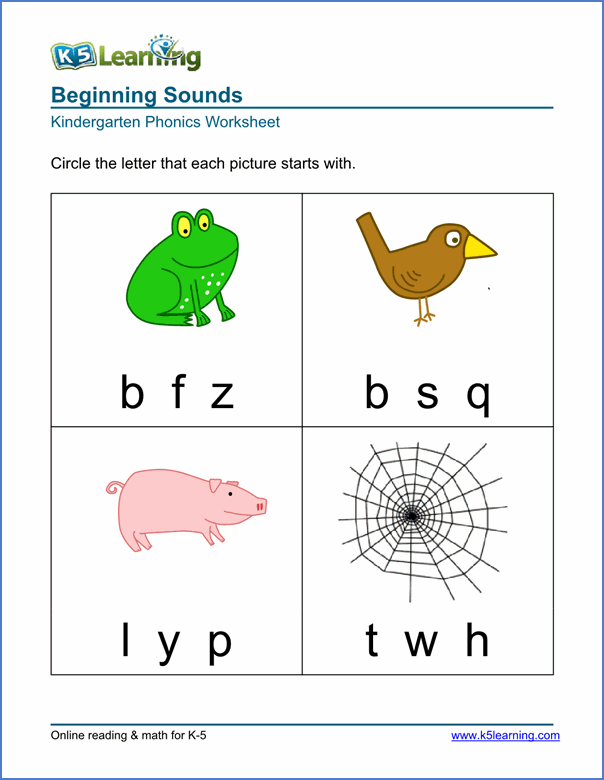 I suggest you work on those skills instead with review weeks. You can add in some review weeks, and focus on past skills and making sure they have fully mastered those skills.
I suggest you work on those skills instead with review weeks. You can add in some review weeks, and focus on past skills and making sure they have fully mastered those skills.
Here’s a few tips for teachers who want to teach long vowels in Kindergarten:
Tip #1: Work on Phonemic Awareness skills with long vowels
Before you begin teaching long vowels, your students should be able to complete phonemic awareness skills using long vowels, such as orally blending, onset and rime, and orally segmenting words. You can read more about those Phonemic Awareness skills here. If you need help with activities practicing long vowels, the last few weeks of the Kindergarten Phonemic Awareness cover these skills with long vowels!
Tip #2: Just work on identifying patterns
If you think your students can handle long vowel words, then start with JUST identifying the patterns in a long vowel word, such as “ay” or “ee”. You do not have to have your students reading and spelling words with long vowels.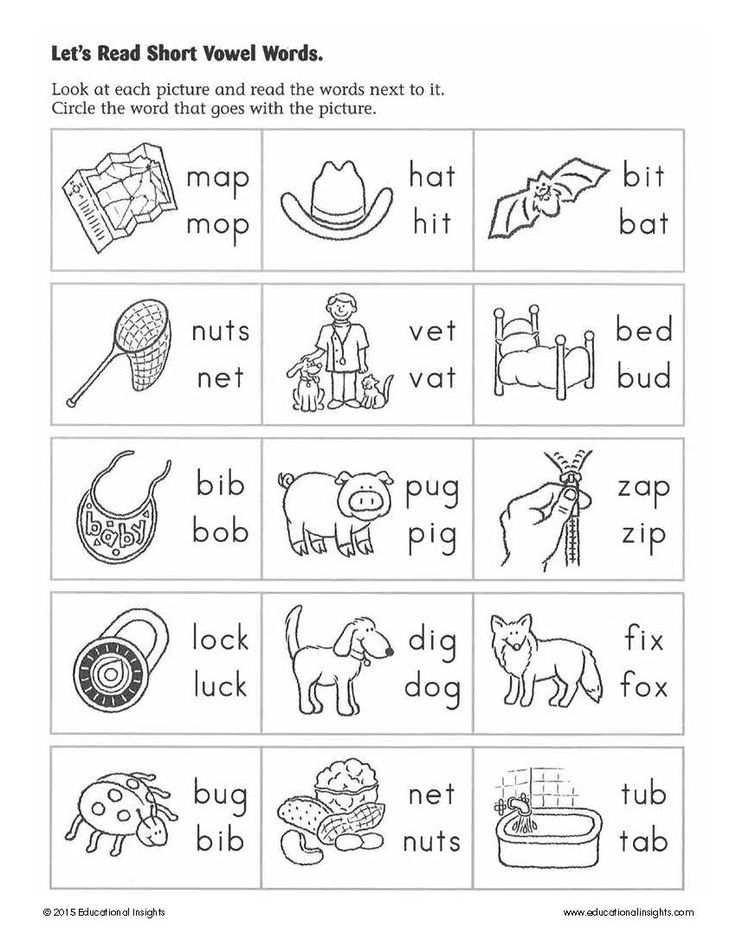 They will be doing a LOT of that in First Grade!
They will be doing a LOT of that in First Grade!
Tip #3: Use lots of modeling
When teaching how to decode long vowel words, use a lot of modeling to show the thinking process behind decoding. Here’s a sample long vowel decoding routine:
- Show the students the word.
- Either point out the long vowel pattern or have students identify the long vowel pattern.
- Highlight the pattern.
- Talk about what sound that long vowel pattern makes.
- Model how to blend that word. For example “/s/… /ee/… /d/, seed”
- What word is it? “seed”
Once students understand how to decode long vowel words, they will start to decode them on their own. You can watch how to model sounding out long vowels in this YouTube video here.
Tip #4: Show them long vowels in real life
Even if you decide not to teach long vowels as a separate unit, you can still use words that they do know to point out long vowel patterns.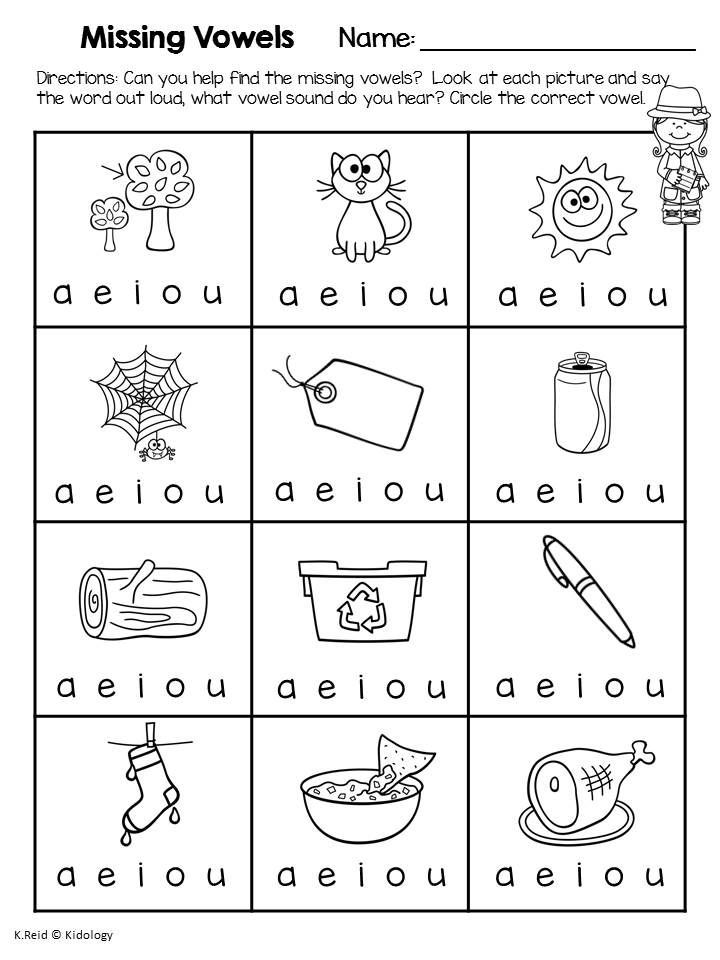 For example, the word “see”. Your students know this word as a high-frequency word or sight word that they most likely learned at the beginning of the year.
For example, the word “see”. Your students know this word as a high-frequency word or sight word that they most likely learned at the beginning of the year.
Let’s say you are writing a sentence with the word “see” in it. Use that opportunity to teach them! Circle the pattern and show them that it makes the long e sound. You can even extend it by asking if there are any other words with that same pattern. They may be able to come up with a few more! If they can begin to spot them in real life, that is the first step. We did a lot of sort by color activities like this one below to help pick out those long vowel patterns. Soon, they were seeing them in real life and making that connection. “Look, the word “today” has the “ay” pattern!”
Will you be teaching long vowels this year? Let me know what you decide! Remember every class is different and it’s okay to skip long vowels sometimes!
If you are teaching long vowels and need some help planning your phonics lessons and center activities, I’ve done it all for you! You can find the Kindergarten Phonics Long Vowels Unit here.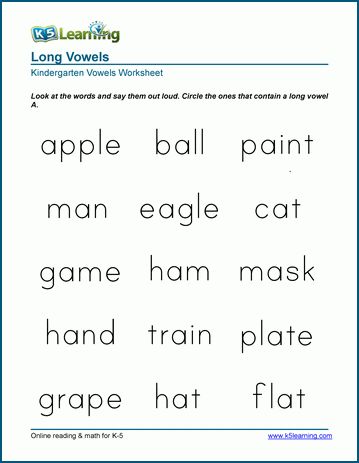 It includes everything you need to teach long vowels for 5 weeks including pre-made lesson plans, phonemic awareness warm-ups, anchor charts, assessments, centers, worksheets, and more.
It includes everything you need to teach long vowels for 5 weeks including pre-made lesson plans, phonemic awareness warm-ups, anchor charts, assessments, centers, worksheets, and more.
“Vowels For Kids: How To Identify If Your Children Are Ready To Learn Vowels?”
- 1 Comment
- AK
- November 26, 2021
Do your children struggle with vowels? Do they find it difficult to grasp the different variants of the vowels? Are you tired of looking for effective ways to teach vowels to preschoolers? Then your search ends here. This article talks about ways to teach vowel sounds to your kids.
But before you get into it, it is important to understand the meaning of vowels, the reason for your kids to learn them, and the right age to do it.
What are vowels?
Out of the 26 letters of the English alphabet, letters A, E, I, O, and U are called vowels.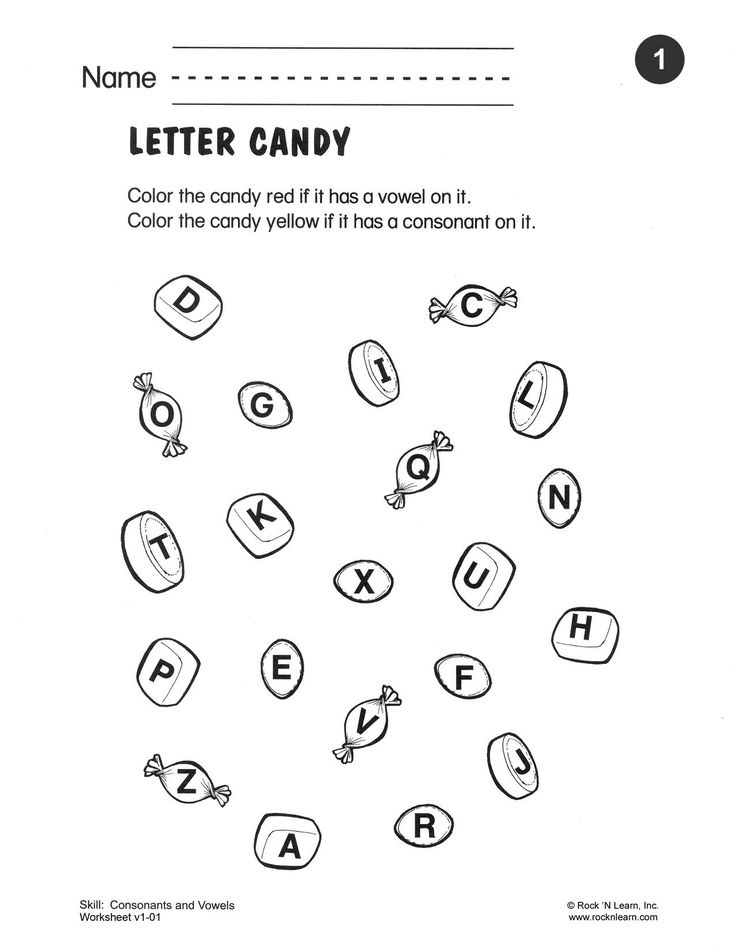 Letters other than these 5 are called consonants. Vowels are present within all the words found in the English Language. So without learning vowel sounds, it is impossible to pronounce any word in the language.
Letters other than these 5 are called consonants. Vowels are present within all the words found in the English Language. So without learning vowel sounds, it is impossible to pronounce any word in the language.
So, what’s the difference between vowels and consonants? The difference lies in the way they are pronounced. When vowels are produced, there is no restriction of the passage of air from the lungs to the mouth. But when consonants are produced, the air passage is restricted by either the throat, lips, teeth, or tongue.
There are two types of vowel sounds in the English Language- long vowels and short vowels. Long vowel sounds are pronounced like the letter it designates, while short vowel sounds are pronounced differently from the letter it designates. Short vowel sounds always occur after a consonant and cannot be placed at the end of a syllable.
Why is it important to teach your children vowels?
Teaching vowels are crucial to develop good reading skills in children.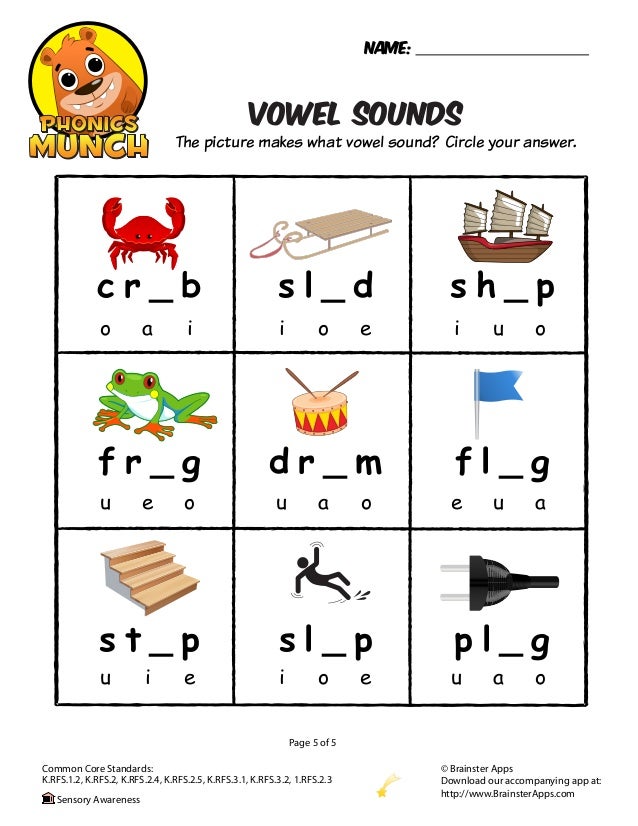 It helps children understand the difference between CVC (consonant-vowel-consonant) words like pat and pit, bat and bet, etc. Without a good understanding of vowels, children often find it difficult to read and spell words right. So, learning vowel sounds is indispensable in your children’s life.
It helps children understand the difference between CVC (consonant-vowel-consonant) words like pat and pit, bat and bet, etc. Without a good understanding of vowels, children often find it difficult to read and spell words right. So, learning vowel sounds is indispensable in your children’s life.
But if you’re wondering what’s the right age for your children to learn vowels, then read on.
How to Identify if your children are ready to learn vowels?
Vowels are the building blocks of the English language. Understanding the difference between long and short vowels can seem like a herculean task for your children if they aren’t ready to learn vowels. And here’s how you can know whether your little champs are ready.
When kids learn to distinguish between beginning and ending sounds in words, it is a sign that they are ready to learn vowels. To know this, pay close attention to the way they spell CVC words like PEN or PIN. The sound they produce will often be wrong.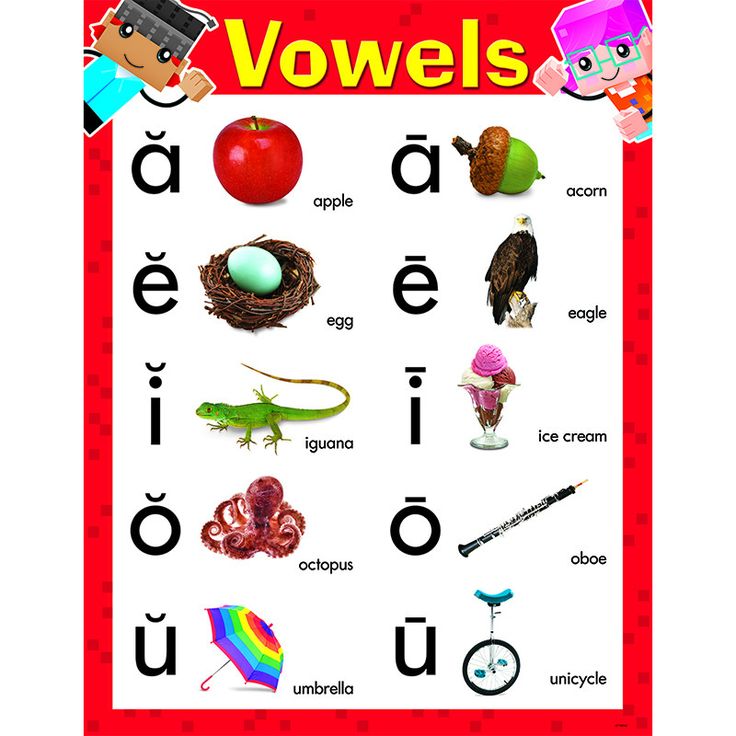 But the good news here is that they are now aware of the existence of something else between P and N. They can now hear some other sound between P and N.
But the good news here is that they are now aware of the existence of something else between P and N. They can now hear some other sound between P and N.
And this development of recognizing vowel sounds is a sign for you to introduce vowels to your children!
How to teach vowel sounds to your children?
Here are some actionable tips to teach vowels to your preschoolers:
- Start with Names of Vowels
Begin by teaching them the names of each vowel. The chief aim here is to make the kids learn, repeat, and memorise the vowels. There are many activities for teaching vowel sounds. Some of them are as follows:
- Use Songs to Teach Vowels
Using songs to teach vowel sounds is the most effective way to begin. Children enjoy singing songs and consider it a fun activity rather than a learning activity. Tweaking the nursery rhyme ‘Old MacDonald’ is one of the most popular ways to teach vowels. Instead of the usual ‘Ee i ee i o’, substitute it with ‘A, E, I, O, U.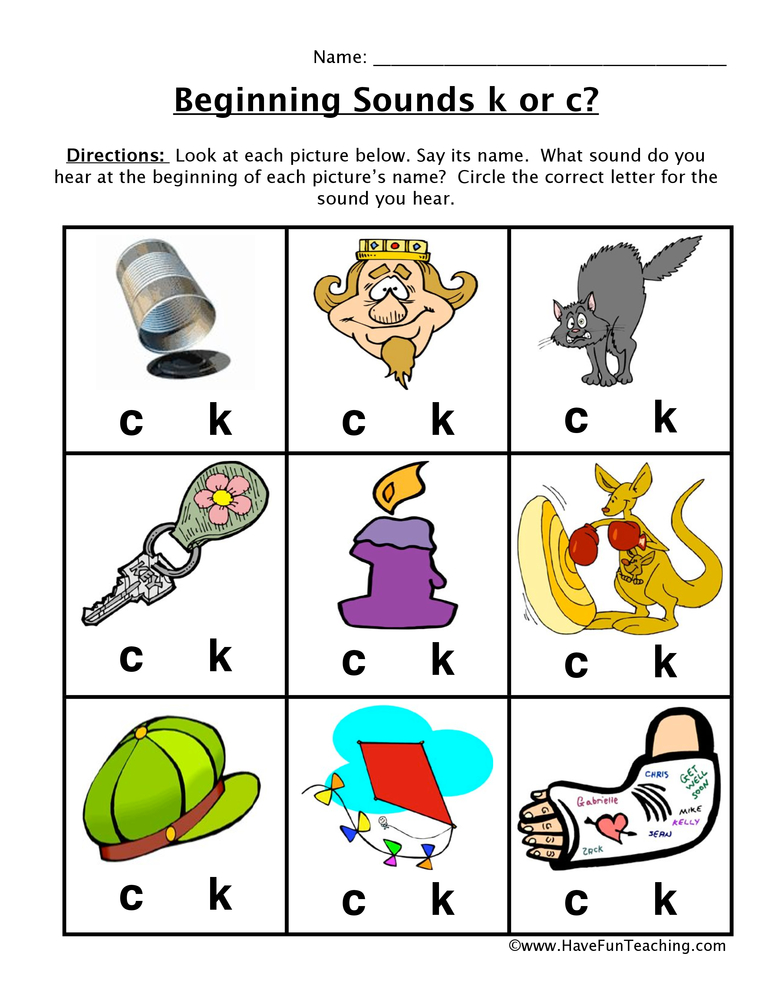 ’ You can find the animated video of this new version here.
’ You can find the animated video of this new version here.
- Teach them the Hand Motions
Some children find it easy to grasp things when they learn by touching or by physical means. They are called kinesthetic-tactile learners. If your children belong to this category, teaching hand motions is the easiest way to teach them vowels. They will learn to find a connection between hand motion, vowel sound, and shape. This helps them to learn faster and retain longer.
2. Short Vowels Before Long Vowels
Introduce your children to vowels by teaching them short vowels first. Having a thorough understanding of short vowels is required before learning long vowels. If your children fail to grasp short and long vowels, it will have an undesirable effect on their reading skills.
Constant revision is the only shortcut to make kids good with vowels. There are many interesting activities for teaching short vowel sounds to children. Some of the most effective and easy ones are here:
- Learn with placards
Placards made out of ice cream sticks and paper can be used to teach short vowels to kids.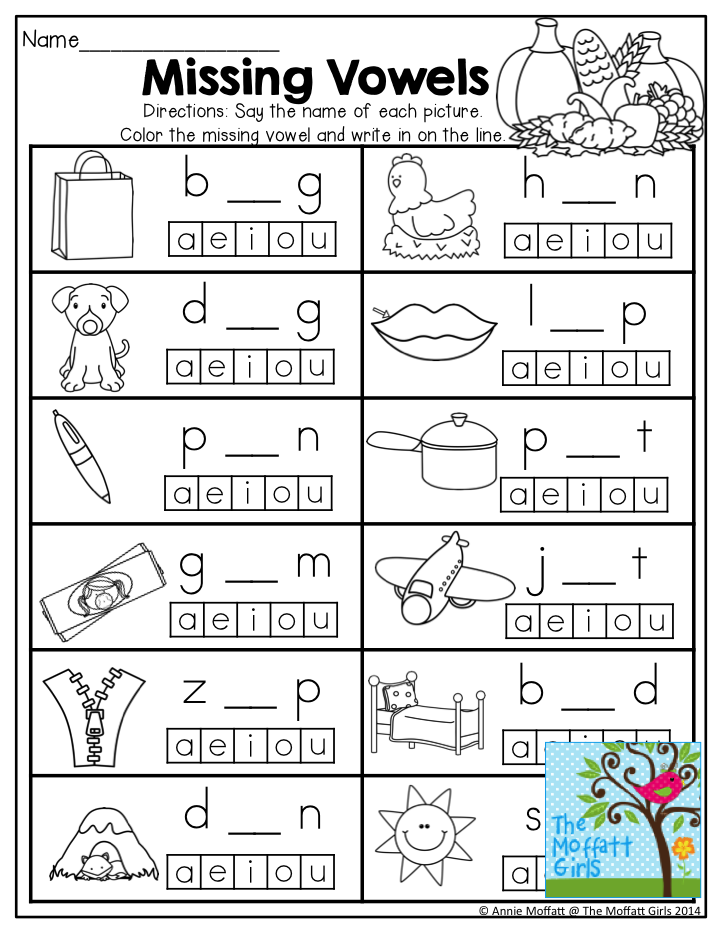 Each short vowel should be written on a single placard. In this activity, you should say words aloud and ask your children to raise the placard with the right short vowel in it.
Each short vowel should be written on a single placard. In this activity, you should say words aloud and ask your children to raise the placard with the right short vowel in it.
For example, your kids should hold up the placard with the vowel ‘a’ if you say the word CAT aloud. If you say the word SIT aloud, your kids should hold up the placard with ‘i’ in it.
- Trace on sand
Making kids trace vowels on sand is a multi-sensory approach and hence is one of the most effective ways to teach them vowel sounds. To perform this activity, spread sand on a plate and give it to your kids. Then say a vowel sound aloud, make kids repeat the sound, and make them trace the vowel on the sand.
If you find it difficult to find sand, download any sand drawing apps from Google Play. This would be a new experience for the kids and will help retain their interest for a longer time.
- Practice In Front of a Mirror
Make children practice saying vowels in front of a mirror.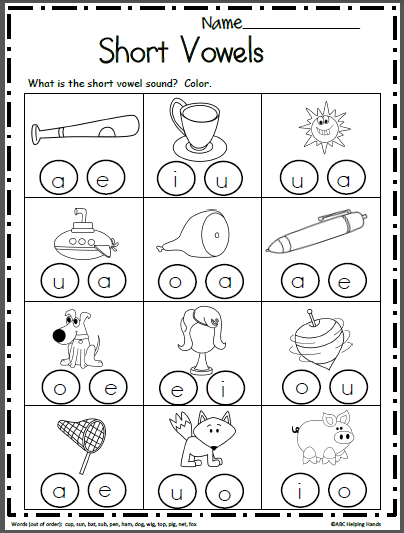 When they observe the shape of their mouth while pronouncing these vowels, they will understand the subtle difference in pronunciation.
When they observe the shape of their mouth while pronouncing these vowels, they will understand the subtle difference in pronunciation.
For instance, voicing vowels ‘e’ and ‘i’ can be confusing for many early learners. But when they practice in front of a mirror, they will learn to distinguish it better.
3. Take it to the Next Level with Long Vowels
Once your children master short vowels, then you can move to long vowels. Long vowels are quite tricky so give children ample time to understand them. The different spellings of long-vowels can be quite overwhelming for them if introduced all at once. Hence, it is important to introduce one vowel at a time.
Just like with short vowels, practice is the only way for your child to wade through the initial confusion. There are many activities to teach long vowels interestingly. Some of them are:
- Long or Short Game
This is a simple but effective activity to help children get familiar with long and short vowels.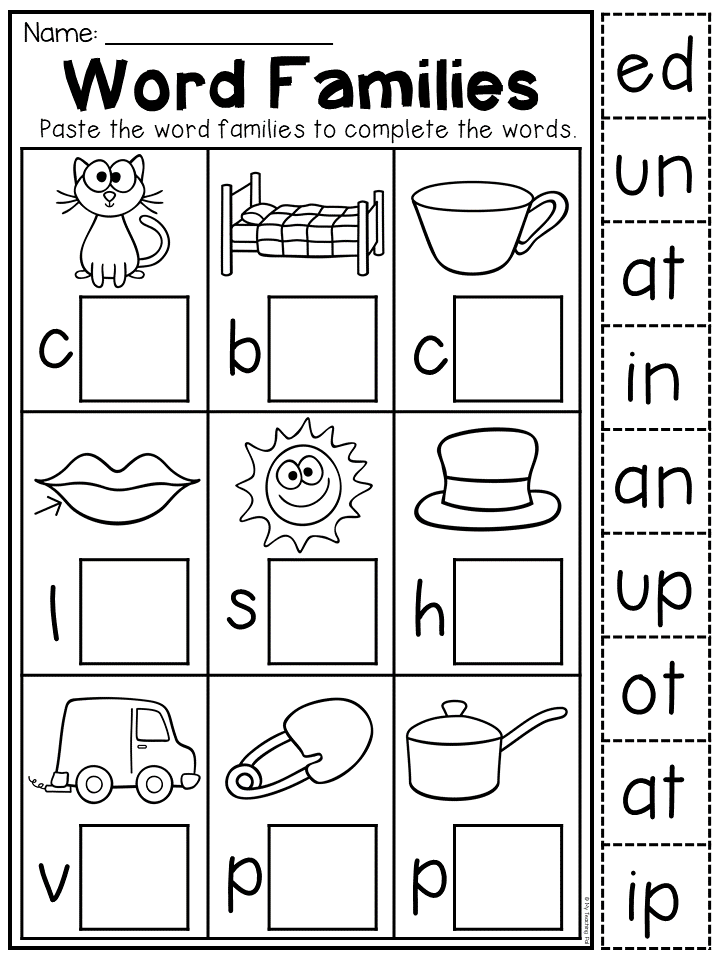 Say a word aloud and ask your children to identify if the vowel used in the word is short or long. Worksheets available on the internet for long and short vowels can come in handy for this activity.
Say a word aloud and ask your children to identify if the vowel used in the word is short or long. Worksheets available on the internet for long and short vowels can come in handy for this activity.
So if you say the word CAKE, children should identify and say that the vowel used is ‘Long A.’If you say the word ‘BAT,’ they should identify that the vowel used is ‘Short A.’
- Sort and Learn
Another interesting activity you can try with your kids is sorting. You can create a list of words using long vowels and ask them to sort them into groups of different long vowels. You can either write the words or download a worksheet for the same.
Give words like snake, train, grapes, and whale. The children should be able to group them under the different long vowel forms of ‘A.’ For example, the word snake should come under the group ‘a-i’ and so on.
- Find the Correctly Spelt Word
This is a bit more advanced than the rest of the activities. Hence, it is suitable once your children become experts at other activities mentioned. The task involves giving them three or four spellings of a word as options and asking them to choose the right one. The options included should be spelling variations of the same long vowel.
The task involves giving them three or four spellings of a word as options and asking them to choose the right one. The options included should be spelling variations of the same long vowel.
For example, you can give options, payne, pain, and pane and ask your children to identify the right word.
Wrapping Up
Vowels are a hard nut to crack for your little champs. And practice is the only way to help them grasp it. But take an effort to make the learning process as easy and interesting as possible. Follow the fun activities described in this article and watch them fall in love with vowels.
Abstract of a lesson in teaching literacy "Learning vowels and consonants with Masha" | Literacy training plan (preparatory group):
Municipal Budgetary Educational Institution kindergarten No. 1 "Kolosok" of the Komsomolsky district of the Chuvash Republic
Summary of teaching literacy with children of the preparatory for the school
on the topic:
"Learn vowels and consonants with Masha"
| Prepared by: speech therapist MBDOU Kindergarten No. |
Komsomolskoye, 2019
Goal: Teaching children the ability to differentiate sounds into vowels and consonants
Tasks:
Educational:
- Continue to learn to divide isolated sounds into vowels and consonants, observing your voice and articulatory organs;
- Continue learning to highlight 1 sound in a word and correlate it with a certain color, depending on whether the sound is a vowel-consonant;
- Continue to learn how to analyze the sound of the word; nine0031
- Exercise in the ability to select words for a given scheme.
Developing:
- Develop auditory attention and phonemic hearing;
- Develop auditory memory, thinking.
Educational:
- Continue to develop the ability to act according to instructions;
- Continue to teach to listen carefully to an adult, to be active.
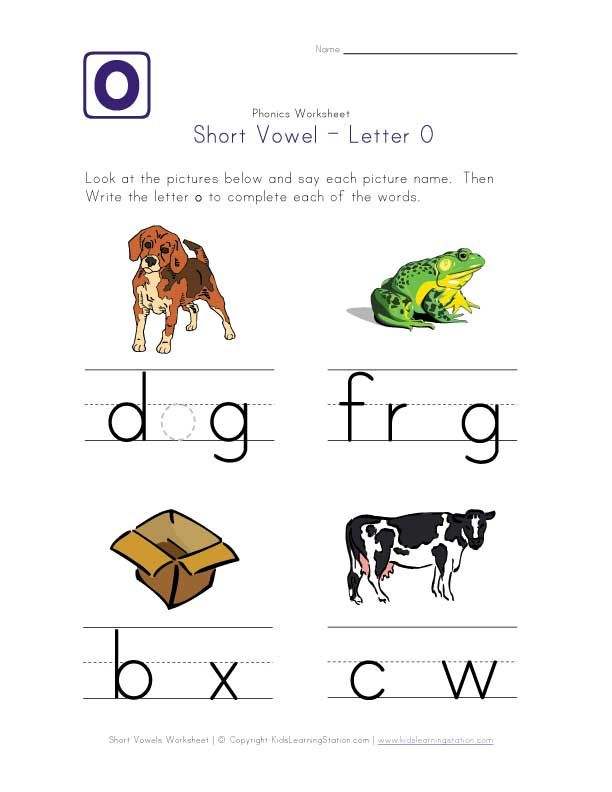
Course of the lesson
Organizational moment
- Good afternoon, guys! Look who came to visit you today? Did you recognize her? (shows the doll Masha from the cartoon "Masha and the Bear") Of course, this is Masha! She, like you guys, is going to school soon. Misha prepared tasks for Masha to check if she is ready for school. (The teacher shows a closed box with the inscription "Masha") But, Masha is afraid that she will not cope with the tasks alone. Well guys! Are you ready to help Masha? (Yes) Get ready and you Masha listen carefully and memorize! nine0003
- Dividing sounds into vowel and consonant
- Before going to school, we must learn to hear all the sounds in a word and determine which sound is a vowel or a consonant. So let's make a sound! (Children sing the sound A). Does the voice come out freely? (Yes!). That's right, the voice comes out freely, which means the sound is a vowel. Let's make the sound C! (Children pronounce) Does the voice come out freely or is something preventing it? (Answers of children). The voice meets an obstacle in the form of teeth and tongue, which means the sound is consonant. (Next, the teacher pronounces the sounds O, Sh, M, U, Z, Y, E, D - the children determine whether the sound is a vowel or a consonant)
The voice meets an obstacle in the form of teeth and tongue, which means the sound is consonant. (Next, the teacher pronounces the sounds O, Sh, M, U, Z, Y, E, D - the children determine whether the sound is a vowel or a consonant)
2. The game "Determine what sound and raise the circle of the desired color"
- Guys, and you, Masha, must remember that we denote vowel sounds in red, the voice comes out freely, it is sung, nothing interferes with it (a picture is shown -scheme). We designate consonant sounds in blue, the voice meets an obstacle in the form of teeth, lips, tongue (a picture-diagram is shown)
I suggest playing a game. I will name the sounds, and you will determine the sound of a vowel or consonant and raise the desired color (The teacher calls the sound - the children raise the circles of the corresponding color)
3. Naming vowels
- So, let's name the vowels again. There aren't many of them. (Children call the vowels A, O, U, Y, E, I)
4.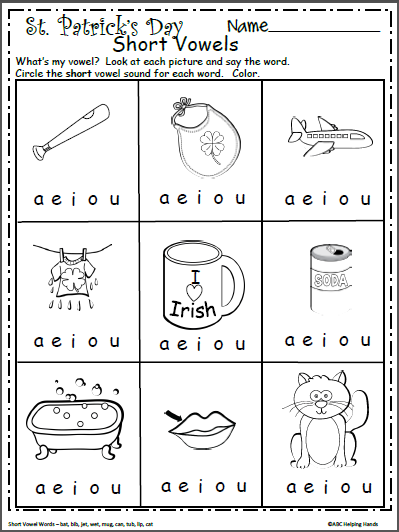 Task "Name the picture and stick a circle of the right color"
Task "Name the picture and stick a circle of the right color"
- Guys, we can distinguish between vowels and consonants. And now we are ready to help Masha complete one of the tasks in the package. (The teacher takes out a poster with pictures and self-adhesive mugs in blue and red). You must determine what sound the picture begins with and stick a circle of the desired color next to it. If the word begins with a vowel sound, glue a red circle next to it. If from a consonant, we glue a blue circle. (Children perform the first few pictures together with the teacher. Then each child goes to the easel, loudly calls the picture, and sticks the right circle)
- Well done guys! You did it. Let's move on to the next task from the package.
5. Game exercise "Put the pictures in the right houses"
The teacher takes out two cardboard houses with a red and blue roof, as well as pictures. In the center of the house, instead of windows, there are transparent pockets for inserting pictures.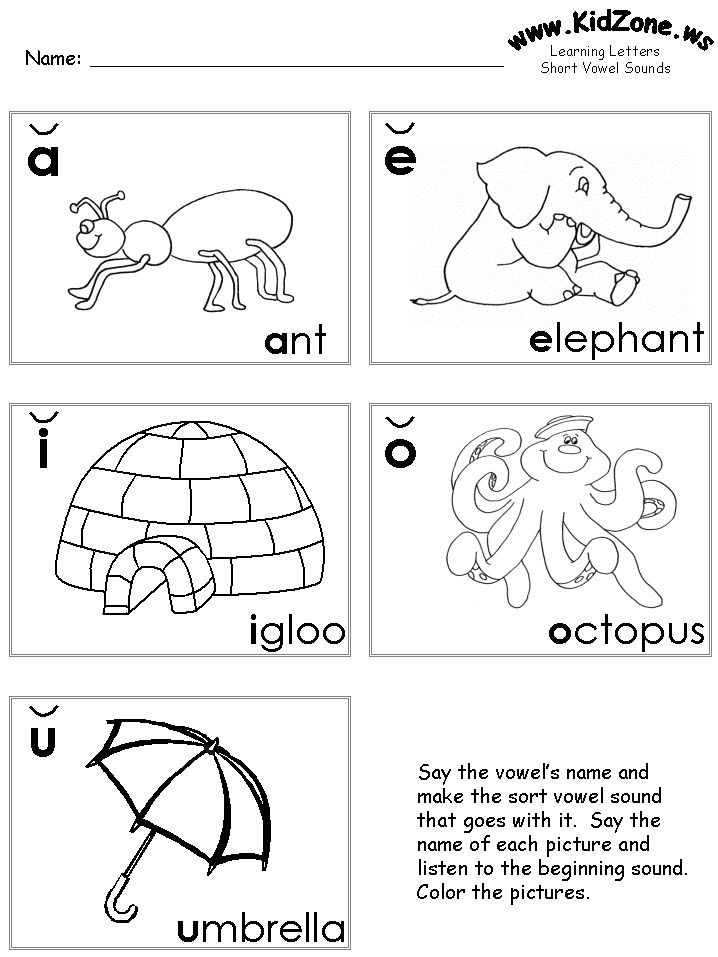
- Guys, in front of you is a house with a red roof and a house with a blue roof (The teacher fixes them on an easel). And also pictures. You will need to determine with what sound (vowel or consonant) the word in the picture begins and populate it in the right house. We will name the picture quietly, to ourselves. nine0003
6. Physical education
We know a lot of words on the vowel: Stork autumn duck hoar. (Children step on a red circle and jump on the spot) on the consonant, we also know: Beetle of firewood grass goat. (Children step on a blue circle and jump on the spot) And now, a friend do not yawn, you come correctly! (The teacher calls words to vowel and consonants, children step on circles of the right color). nine0003
7. Sound analysis of the word COM
- Let's move on to the next task from the premise. (The teacher takes out a poster and three circles: two blue ones and a red one) A riddle is written here. The mystery about the most beloved fish of Masha
A huge fish lies at the bottom, as if a block. Lies, moves his mustache, does not tell the fish to yawn. There is a house in a deep pool, , , , , , , , , , , ,0003
- We need to spell out the word COM using these circles. So, what 1 sound is heard in the word COM (Correctly C) C is what sound (Consonant). So, we put in a circle of what color (Blue) What sound goes on (Sound O) O - this is what sound (Vowel). So, lay out a circle of what color (Red). What we got (CO). Which sound comes next (Sound M). M is what sound (Consonant). So, we put a circle of what color (Blue) Name the consonant sounds in the word COM (M and C). What is the vowel sound in the word COM (O). Well done! nine0003
8. Selection of pictures for the scheme. Isolation and naming of consonants and vowels in words.
- Look at the pictures. (The teacher takes out a poster with pictures). Find and name the pictures that match our scheme. (Scheme is shown: blue, red, blue). Children name pictures. Then only consonants are called, and only vowels).
9. Summing up.
- Guys, you completed all the tasks from the package. Let's remind Masha again, what sounds are there? (Vowels and consonants) What color do vowels represent? (Red) Name the vowels (A, O, U, S, E, I). What words that begin with a vowel do you remember? (Answers of children). What about a consonant sound? (Answers of children). Guys, you were all great today! You completed all the tasks and helped our Masha! Now Masha can go to school with you! nine0003
What are letters and sounds? - Kindergarten No. 220 JSC Russian Railways
Usually parents say that the child does not pronounce some letters! Unfortunately, parents do not always understand the difference between such concepts as “sound” and “letter”. These terms must not be mixed!
Sound is the smallest, indivisible unit of the speech stream perceived by the ear. There are 42 speech sounds in Russian.
The letters are graphic characters that represent speech sounds when writing.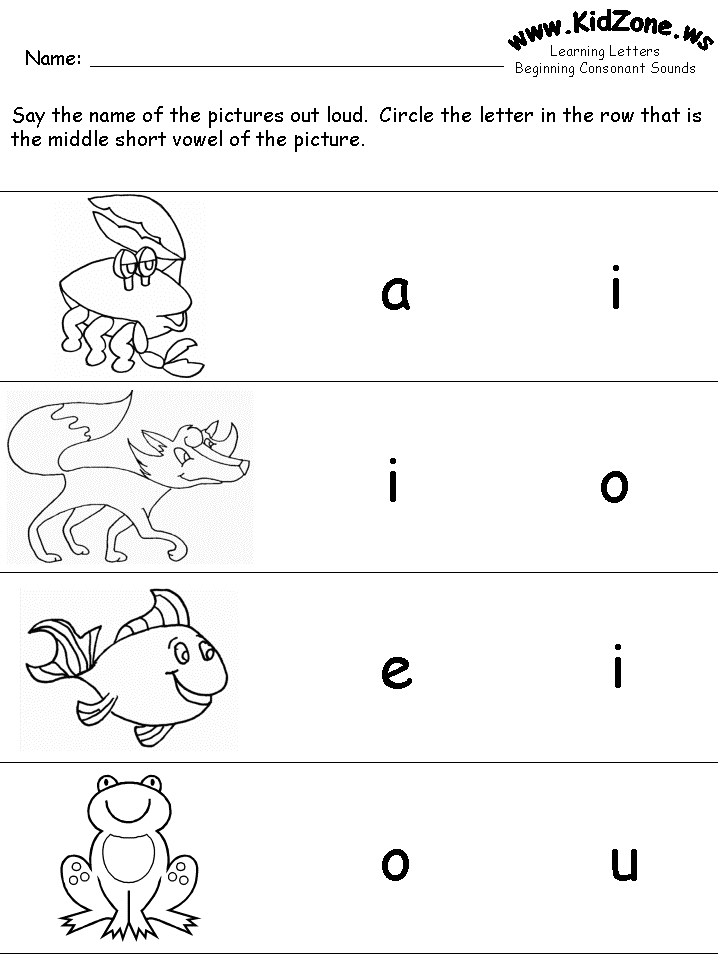 There are 33 letters in total. nine0003
There are 33 letters in total. nine0003
We pronounce and hear sounds, we see and write letters .
For parents of children of primary and secondary preschool age, is enough if the baby remembers that the letter stands for the sound "R" and learns it as "P" and not "er", "L" and not "el ”, “Sh”, not “sha”, etc.
Parents, older preschoolers and first graders need to know much more about sounds and letters.
Sounds are divided into vowels and consonants. nine0115
Vowels - when they are pronounced, the air in the mouth passes freely without encountering obstacles. There are 10 vowels in Russian ( a, y, o, e, s, e, e. i, u, i). There are only 6 vowels - [a], [o], [y], [i], [s], [e]. The fact is that the vowels e, e. yu, i in some positions denote 2 sounds:
ё - [y'o], e - [y'e], yu - [y'y], i - [y'a].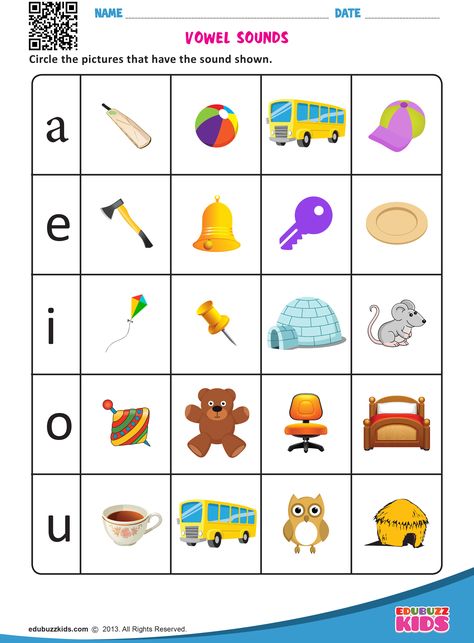
Vowel sounds are indicated by a red circle. Vowel sounds are neither hard and soft, nor voiced and deaf A vowel sound can be stressed or unstressed. Vowels form a syllable. There are as many syllables in a word as there are vowels.
Consonants sounds - when they are pronounced, the air in the mouth meets barriers formed by the tongue, teeth or lips.
Consonants are :
- hard - are pronounced hard. Marked with a blue circle. For example: [p], [k], [d], etc.; nine0003
- soft - soft. Marked with a green circle.
For example: [p']= (p), [k']= (k), [d']= (d).
Most consonants have a pair of hardness-softness. For example: [b] - [b '], [t] - [t '], [l] - [l '], etc.
But there are consonant sounds that do not have a pair of hardness-softness. They are either always hard or always soft:
- always hard consonants - [w], [g], [c];
- always soft consonants - [h'], [u'], [y'];
- voiced consonants - pronounced with voice.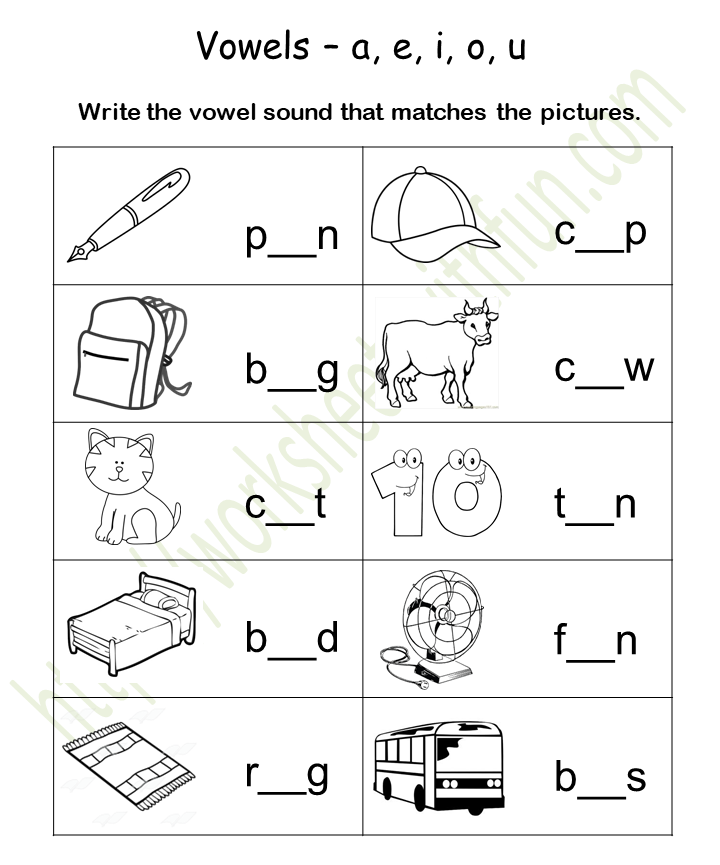

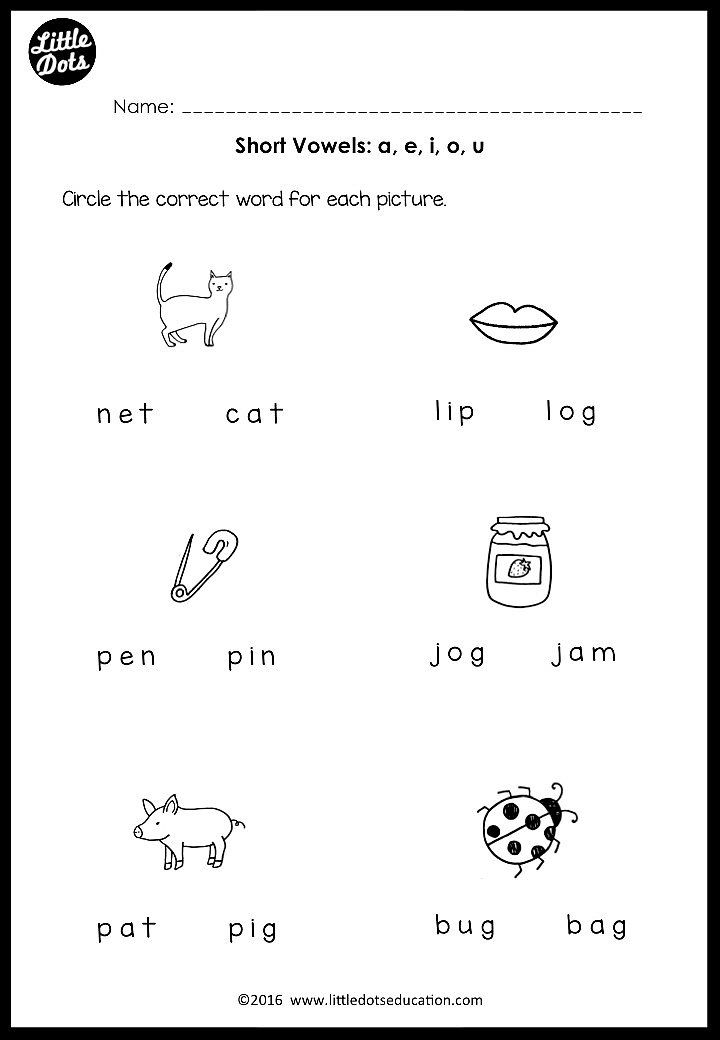 1 "Kolosok" of the first qualification category of Nizamova Zilya Semigullovna
1 "Kolosok" of the first qualification category of Nizamova Zilya Semigullovna 